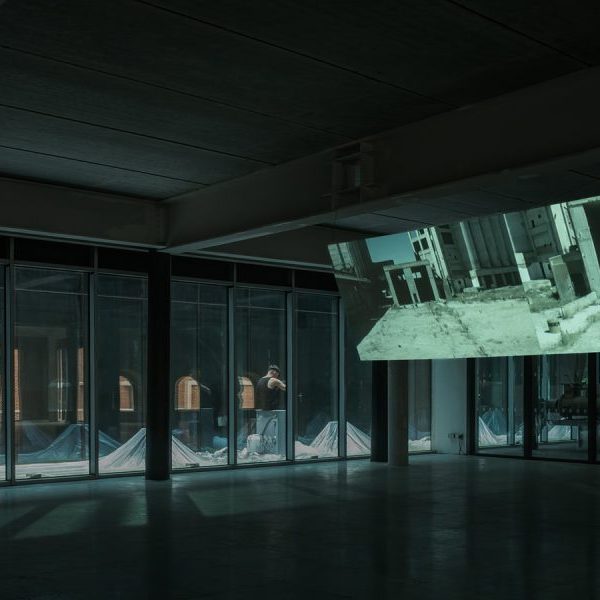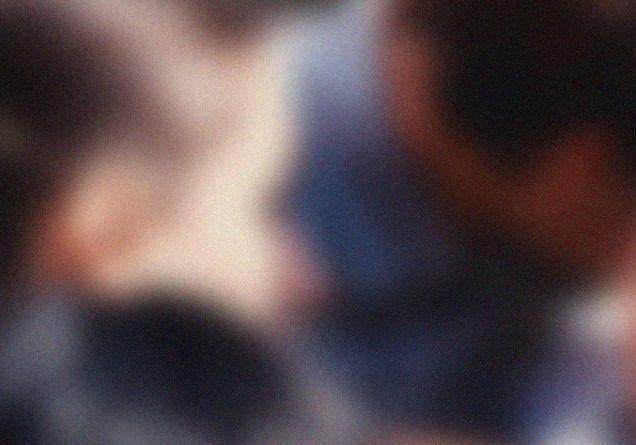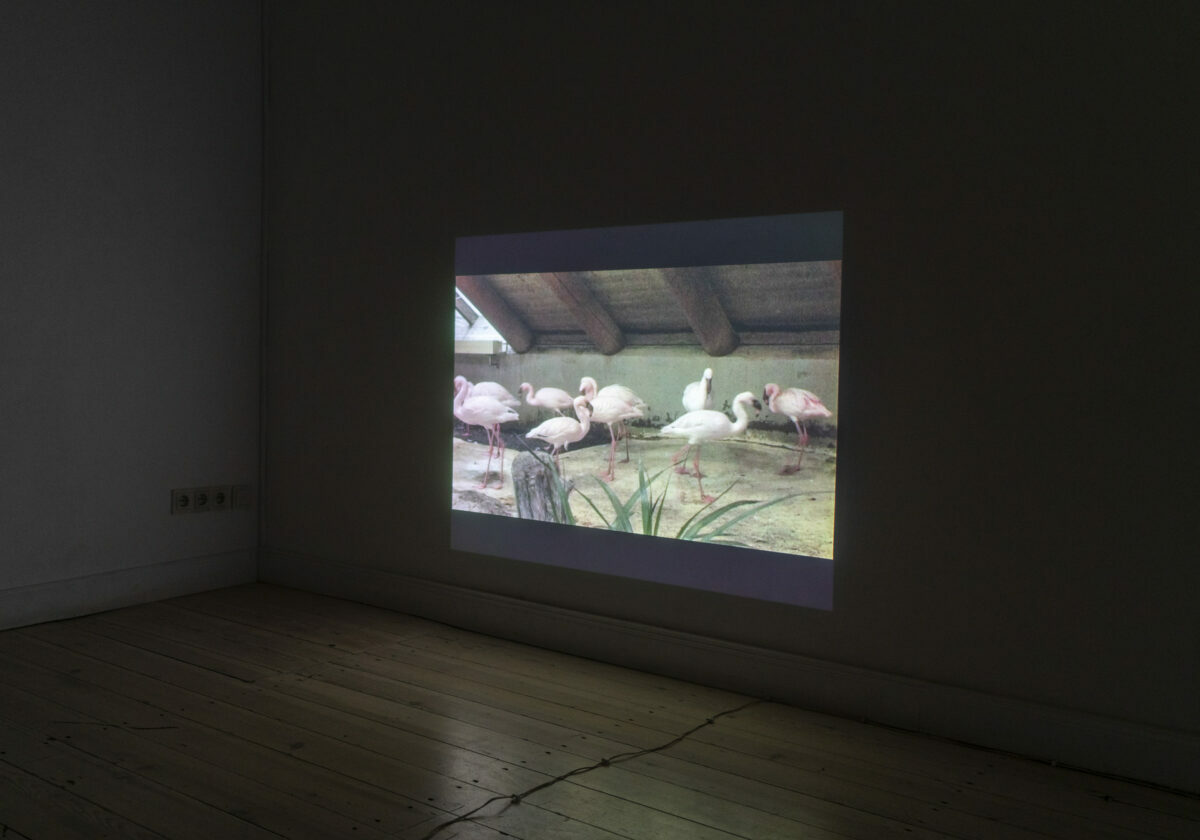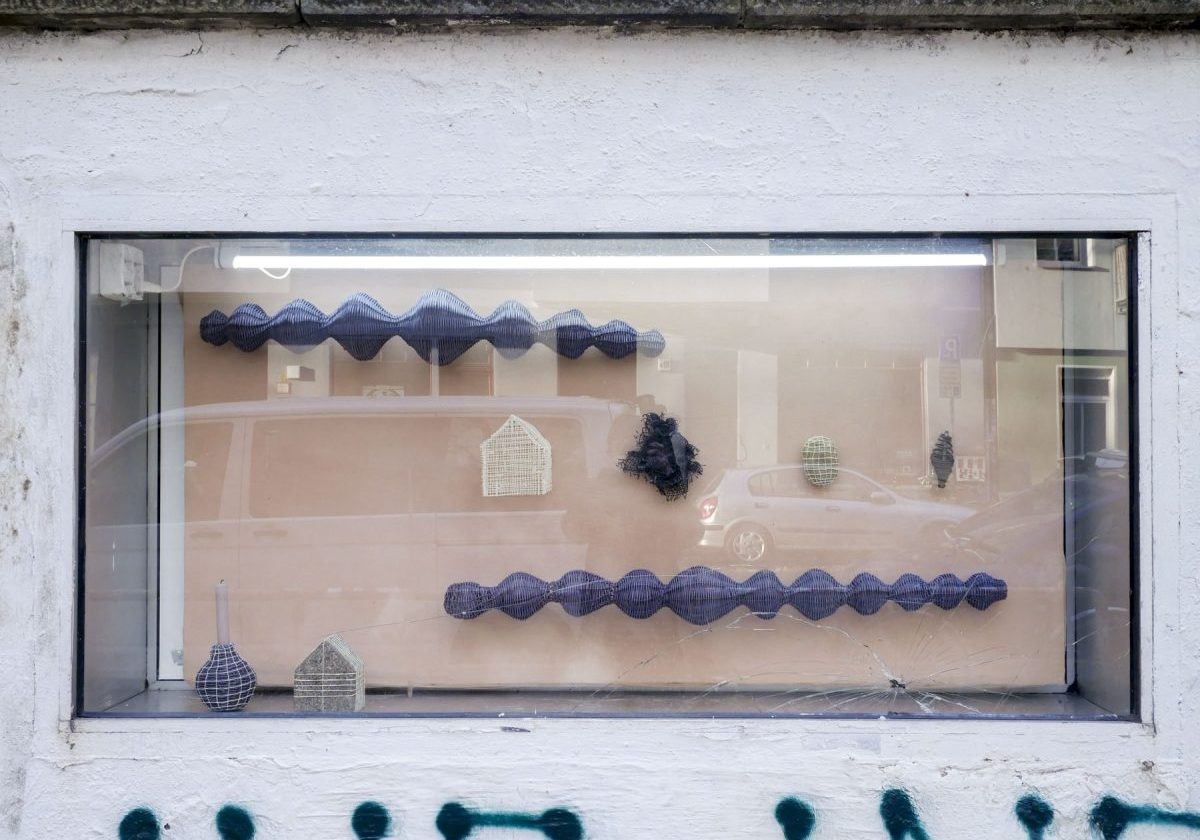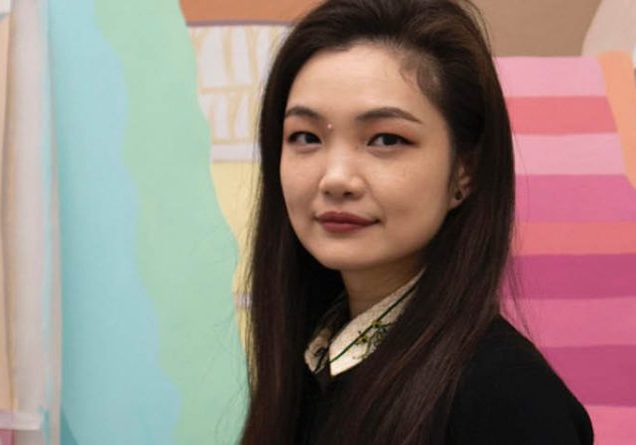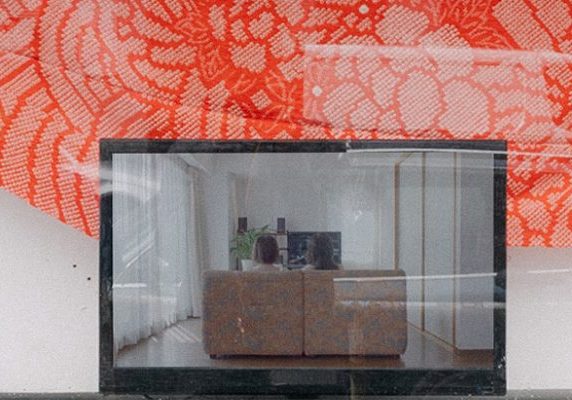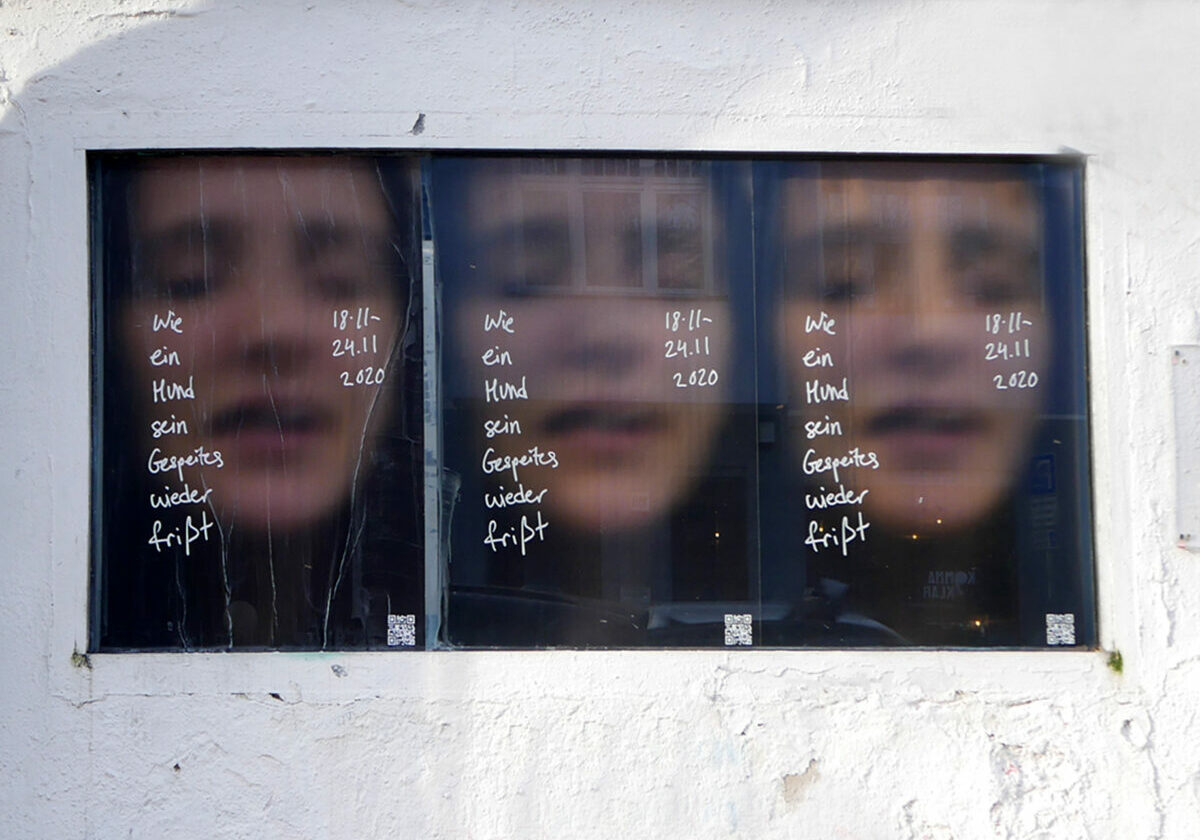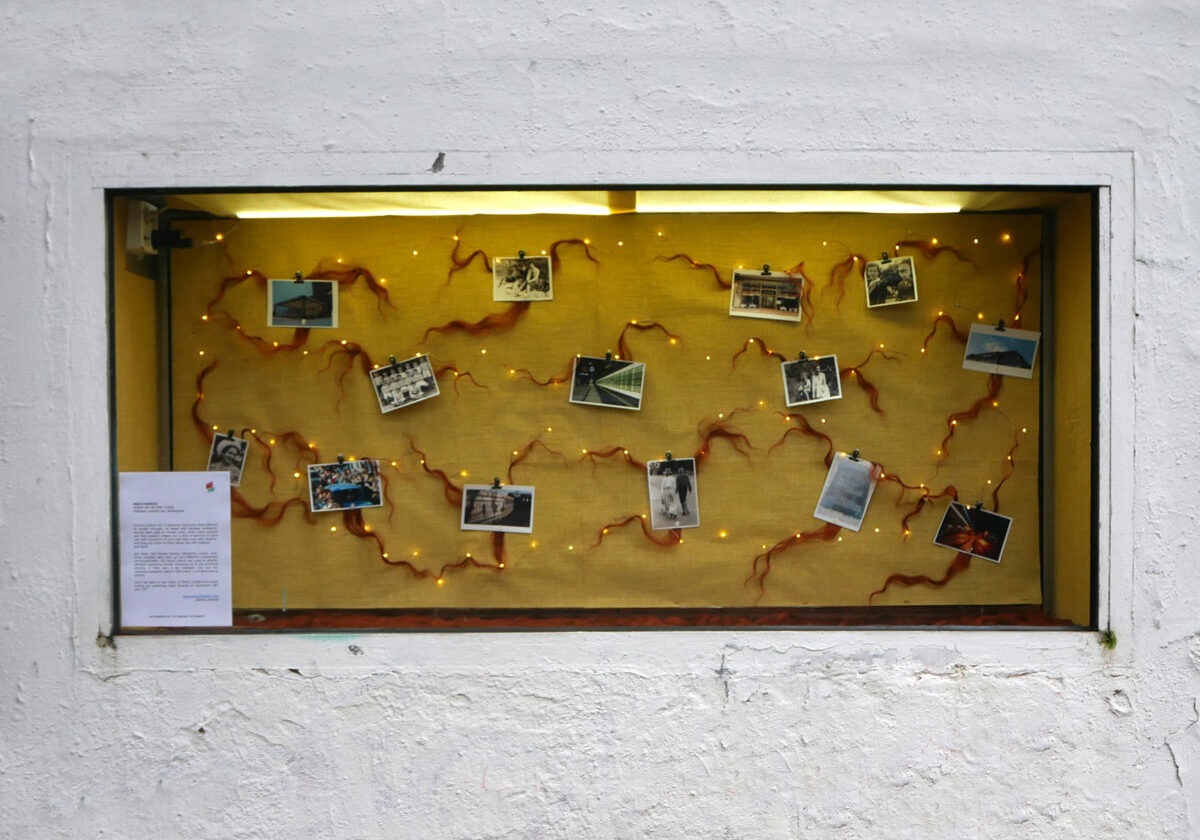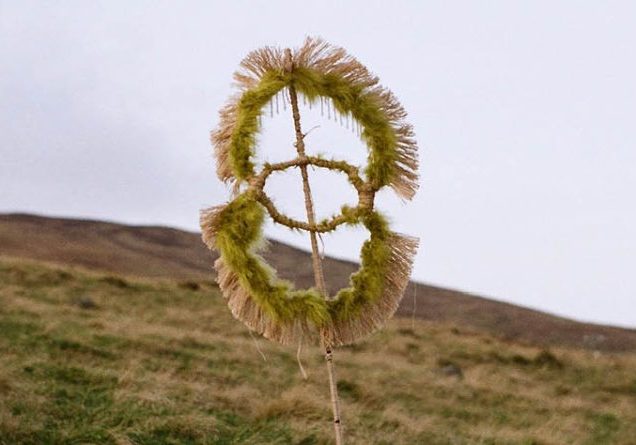Meet the Artist // Pádraic Barrett
My work is a response to techno-capitalist structures and explores alternative vantage points in the realm of the Anthropocene, that contains a mapping of futurity. By placing the queer body in a suspended and simulated space in time, I allude to the activation of a state of heterotopia and imagine other ways of being in the world.
I merge performance, film and installation to explore human and machine agency through bodily and technological frameworks that can open a space for reflection on the nature of our contemporary experience. These complex relationships are interrogated through nonhuman imagery and post-human landscapes, casting resonances on how the current world is constructed. This demonstrates how the body can mediate the tension between cinematic modes and how we live our lives.
Explorations of the social and spatial experience to the ubiquity of machines are impressed upon by fictional frameworks that have a direct port into our lives. The work seeks out political imagination and presents a modelling of worlds past and future as a mode of thinking, sensing and seeing across time.
Can you give us an introduction about yourself and tell us about your background?
I’m an interdisciplinary artist based in Cork, Ireland. My main mediums are performance, film, and installation. I typically respond to various entities of capitalism, including surveillance, extractivism, and neoliberalism. This often manifests through multimedia installations.
Tell us more about your fascination with post-industrial/post-human spaces, and how you integrate them into your practice?
The fascination came from a desire to world-build. I find these spaces offer a really interesting discourse between their historical production and their existing dilapidated nature. There’s a tension between permanence and impermanence. I also find their current state quite compelling. My strategy is to see these spaces as a stage, situating the body within a conceptually charged site for discourse to occur.
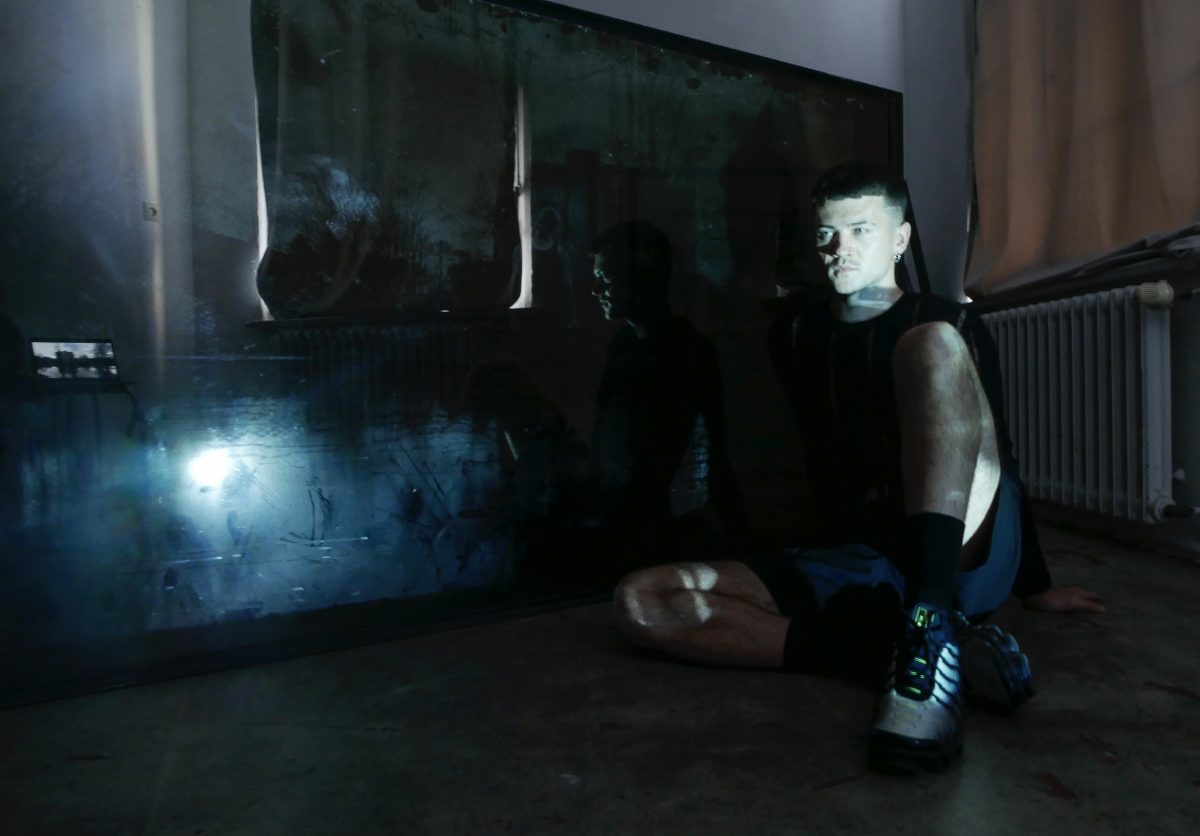
What are some artists who have greatly influenced your artistic journey?
My performance practice is deeply rooted in the Viennese Actionism movement of the 1960s. I’m really drawn to their immediacy and their oftentimes explicit nature. My work typically isn’t too concerned with duration but rather focuses on an enactment or something reflective of the current moment.
What is your relationship with the art world and the art market? What do you think about
it?
I don’t see myself having a significant relationship with the art world or art market. In Ireland, it feels much more community-driven, and I prefer it that way. From an outsider’s perspective, it seems that many galleries hold a monopoly. I think it’s time for artists to regain some of that autonomy.
Regarding funding schemes, they are now more project-oriented, which really allows artists to maintain their own artistic integrity.

How are you finding GlogauAIR now that you are a resident? How is it living with other artists?
It’s amazing. It feels like being back in college with a strong artistic energy around the place. There is also the potential to collaborate with other artists, which is very fruitful. The artist’s life can be a lonely one, so being surrounded by other artists is incredibly enriching.
You’ve been in Berlin before, but how is Berlin influencing your practice?
Besides more access to this kind of space in daily life, as a queer person, I would say it’s been super informative. This is the first time I walk down the street and see myself reflected in other people and vice versa. You don’t really get that level of visibility or integration in other cities. And it’s not just in private spaces—it’s in cafes, bookstores, art shops. Utilizing a lot of queer theory in my practice, Berlin is definitely evolving my own artistic trajectory.
What plans do you have after the residency?
Post-residency, I’m working on two exhibitions with my collective Intercite. The first will be at Cork County Hall in November, focusing on the concept of vertigo. The second will respond to the housing crisis and will be situated at the Lab Gallery in Dublin.

